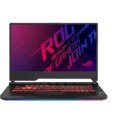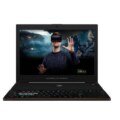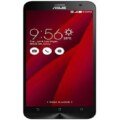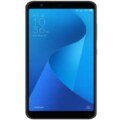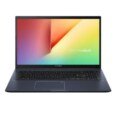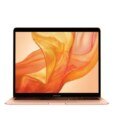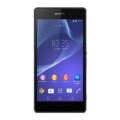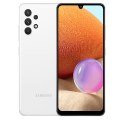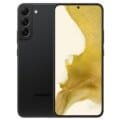Asus Vivobook X407UA-EB419T
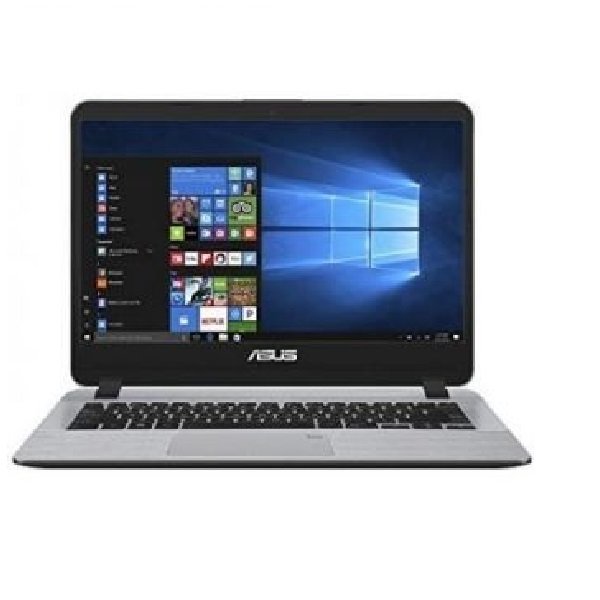
Asus Vivobook X407UA-EB419T - Specs
Overview
| Brand | ASUS |
| Model | Asus Vivobook X407UA-EB419T |
| Dimension | 328 x 246 x 21.9 mm |
| Weight | 1.5 Kg |
| Price (Initial) | ₹ 43k |
Processor
| Processor Type | Intel Core i5-8250U (8th Gen) |
| Processor Speed | Speed 1.6 Ghz |
| 64-bit Computing |
Memory
| RAM (Memory) RAM (Random Access Memory) is a type of computer memory that can be accessed randomly, any byte of memory can be accessed without touching the preceding bytes that allows information to be stored and accessed quickly from random locations. RAM is the most common type of memory found in computer systems, smartphones, tablets and other electronic devices. | 4 GB |
| RAM Type | DDR4 |
| RAM Speed | 2133 Mhz |
| RAM Slots | 1 |
Storage
| Storage Type | HDD |
| Storage Capacity | 1 TB |
| HDD Speed | 5400 RPM |
Display
| Display Type Display Technology => A number of display technologies and types used in mobile phones => TFT (Thin Film Transistor), IPS (In-Place Switching), OLED (Organic Light Emitting Diode), AMOLED (Active-Matrix Organic Light-Emitting Diode), Super AMOLED (an even advanced version of AMOLED), Resistive Touchscreen (Resistive touchscreens contain two layer of conductive material with a very small gap between them which acts as a resistance), Capacitive Touchsceen (Capacitive touchscreen technology consists of a layer of glass coated with a transparent conductor) | HD Anti-Glare LED Display |
| Pixel Density Pixel Density (PPI) is refers to the concentration of pixels on a particular display, measured in pixels per inch (ppi). Pixel density is calculated by dividing the diagonal pixel resolution of a display by its diagonal size, higher pixel density better display quality. | 112 ppi |
| Display Size Size of the area where pictures and videos are displayed. | 14 Inches (35.56 cm) |
| Resolution | 1366 x 768 Pixels |
Graphics
| GPU GPU (Graphics Processing Unit) is a single-chip processor designed to rapidly manipulate and alter memory to accelerate the creation of images in a frame buffer intended for output to a display, This includes things such as lighting effects, object transformations, and 3D motion. | Intel UHD 620 |
Operating System
| Operating System OS => Every computer system run on a base software called Operating System (OS). Operating System controls all basic operations of the computer (such as smartphone, PDAs, tablet computers and other handheld devices). The Operating System allows the user to install and run third party applications (apps), apps are used to add new functionality to the device. | Windows 10 Home Basic |
Connectivity
| Bluetooth Bluetooth is a wireless communications technology for exchanging data between mobile phones, headsets, computers and other network devices over short distances without wires, Bluetooth technology was primarily designed to support simple wireless networking of personal consumer devices. | Bluetooth 4.1 |
| Wi-fi Wi-Fi is a popular wireless networking technology using radio waves to provide high-speed network connections that allows devices to communicate without cords or cables, Wi-Fi is increasingly becoming the preferred mode of internet connectivity all over the world. | 802.11 a/b/g/n/ac |
| Wi-fi Hotspot | |
| USB | USB 2.0 slots |
| HDMI HDMI (High-Definition Multimedia Interface) is a compact audio/video interface for transferring uncompressed video data and compressed or uncompressed digital audio data from a HDMI-compliant source device to a compatible computer monitor, video projector, digital television, or digital audio device. |
Battery
| Power Supply | 33 W AC Adapter |
| Battery Cell | 3 Cell |
| Battery Type Battery Type => Cell phones run on various kinds of batteries depending on the manufacturer, phone size or shape and features. There are basically four types of cell phone batteries => Lithium Polymer, Lithium Ion, Nickel Metal Hydride and Nickel Cadmium. | Li-Ion |


